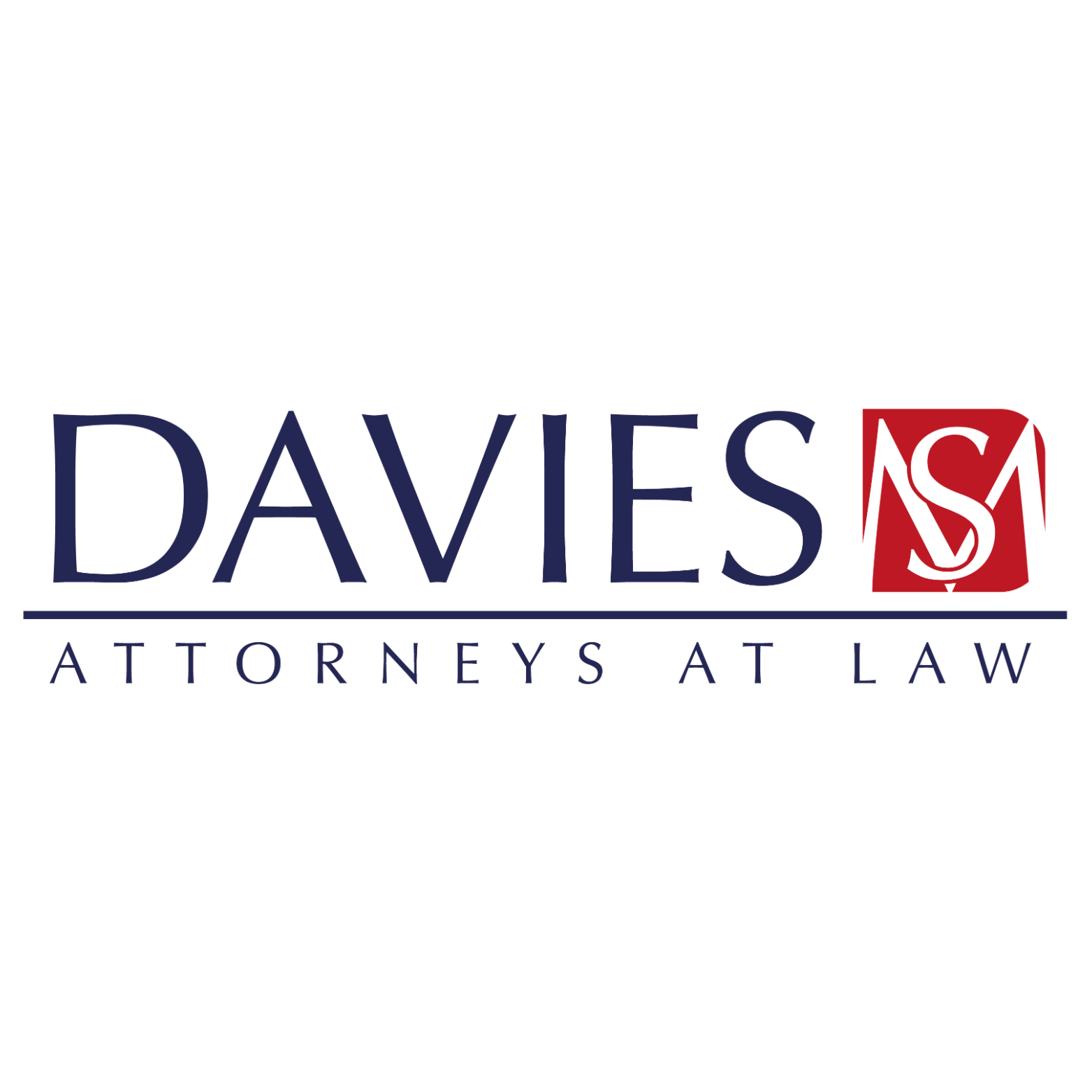The limited liability company is the most common form of investment vehicle in Cambodia. It is usually established as a subsidiary of an investor’s offshore holding company. The limited liability company can be 100% Cambodian-owned, 100% foreign-owned, or have any combination of Cambodian or foreign shareholding, subject to certain restrictions. Find out more about our free business resources here
A limited liability company is formed with registration of its articles of incorporation (Articles) at the MOC, and receipt of a certificate of incorporation from the MOC. Any changes to the Articles and other corporate documents must also be registered in a timely manner at the MOC to be valid.
After establishment, a limited liability company must prepare and maintain, at its registered office, the following records:
- the Articles and the bylaws and all amendments thereto;
- minutes of meetings and shareholders’ resolutions;
- copies of all notices to be sent or filed in accordance with the LCE;
- a securities register; and
- accounting records
A limited liability company must issue a minimum of 1,000 shares with a par value of not less than KHR 4,000 per share (approximately one US dollar). The company has only one class of share unless the Articles specify other classes. Subject to differing class rights, shareholders have the right to vote at any meeting of the shareholders, receive any dividends declared by the company, and receive the remaining property of the company upon dissolution. If the Articles provide for more than one class of share, the rights of each class of share may (theoretically) be absolute, relative, or contingent, and the rights, privileges, restrictions, and conditions attaching to the shares of each class must be detailed in the Articles.
The board of directors has broad powers to manage the business and affairs of the company,
Including the powers to:
- appoint and remove officers and fix their salaries;
- issue, reissue or sell securities of the companies;
- adopt resolutions; and
- provide guarantees on behalf of the company.
Directors must act in good faith, within the scope of the company’s business objectives, within the framework of the company’s Articles and in compliance with applicable laws. Additionally, directors must comply with relevant registration, filing, and publication requirements of the company. Accounting books and records of the relevant financial year must be duly maintained at the registered office for ten more years.
At every annual shareholders’ meeting, the directors must present an annual financial statement to the shareholders. Annual financial statements must be approved by the board of directors and be accompanied by the auditor’s report (subject to limited circumstances whereby appointment of an auditor may be waived by shareholder resolution) before being issued, published and circulated.
Type of Limited Liability Company
Under the LCE, the types of limited liability companies permitted are listed below. The LCE describes in detail the distinction between these forms.
Form Characteristics:
– Single-Member Private Limited Company
A private limited company with one physical or legal person as the shareholder. Requires a minimum of one director.
– Private Limited Company
A limited liability company with two to 30 shareholders. Requires a minimum of one director. May have restrictions on the transfer of each class of shares as provided for by the Articles.
– Public Limited Company
A limited liability company authorized by the LCE to issue securities to the public. Requires a minimum of three directors.
Source: https://www.dfdl.com/resources/publications/investment-guides/cambodia-2020/





